Nintendo Controllers Ranked from Worst to Best
October 18, 2020
Throughout its long, messy history, Nintendo has had many consoles, and one thing that sets it apart from a lot of other video game companies is how different each new controller is. While Sony’s Playstation console has had virtually the same design since May, 1998, and the Xbox controller has been slowly evolving, Nintendo has always had a philosophy to create new, interesting designs. Here’s my ranking of the many controllers Nintendo has introduced to the world since 1985.
8. The Virtual Boy Controller
Well, never let it be said that Nintendo isn’t known for trying something new, but this controller takes that mantra to a whole new level. The relatively symmetrical layout is hard to get used to, and the double D-pads are an idea better left to die. Also, this controller may look extremely light, but it’s actually incredibly heavy, due to the portable power pack for your Virtual Boy also resting on the back. While I can appreciate the creativity that went into this design, it also lacks an understanding of ergonomics; hence why it’s in last place.
7. The Nintendo 64 Controller
The Nintendo 64 controller is by far the most divisive controller on this list. While it has a great d-pad, an inventive button layout that works well for its games, and the first-ever z-button on the back of the controller, it also has what I believe to be one of the most unfortunate control sticks ever made. While it’s tolerable to a point when fresh out of the box, it slowly grinds down into an unusable, wobbly mess from the plastic against plastic friction generated during normal gameplay. Also, the M-shaped design does leave a lot to be desired for those unfamiliar with the shape, but I have found it to be easier to adapt to than most. One cool thing about this controller is that it has an empty slot on the back, kinda like the previous controller, except this time it’s meant to hold the special Controller Paks, small add-ons that plug in and add new increased functionality to compatible games. These add Rumble (controller vibration), a memory card slot (for holding extra data), and even a way to play certain GameBoy games on your big screen. Either way, you either like this controller or you hate it, which is still better than the Virtual Boy’s enigma in my eyes.
6. The Wiimote
Now we head into the realm of passable controllers, and the Wiimote certainly does what it’s supposed to do. The divisive factor about this controller is the use of an IR pointer in the front, basically making this thing a glorified tv remote, hence the nickname of “Wiimote”. While I personally don’t hate the pointer and even appreciate it in many games like Super Mario Galaxy and Legend of Zelda: Twilight Princess, as it makes aiming much easier, the Wiimote also comes with a secondary form of motion control: the gyroscope, meaning action games like The Legend of Zelda: Skyward Sword and Red Steel 2, along with more casual games like the famous Wii Sports used it to simulate real-world objects like a sword, a gun, and a tennis racket. Once you get past the motion control, however, the controller starts to look familiar. The Wiimote is actually just a very elongated NES controller; the 1 and 2 buttons correspond to A and B, and the D-pad is also in the same place. The only new buttons on the main controller are the B button on the back, and the home and power buttons. While the Wiimote on its own is passable for 2D games, it is impossible to play just with it alone for 3D games, meaning you need the Nunchuk, which contains an analog stick and some bonus buttons, and plugs into the bottom. The Nunchuk feels pretty good in my hand, and although it is relatively light, I can get behind the unique playstyle you have when using the Wiimote in one hand and the Nunchuk in the other. Overall, not bad.
5. NES Controller
Quite possibly the most iconic controller on this list, it’s simple, rectangular design has reverberated with people for generations. It’s just so basic that it works and never leaves you wanting anything more. There is only one main gripe I have with this one and that’s that the rectangular edges kind of dig into your hands after long play sessions, but it doesn’t bother me too much. Because of this singular complaint, I’d say this is the most boring controller on this list, unfortunately; it’s so simple, there’s nothing else to complain about!
4. Gamecube
This is the most biased placement on this list, and it’s for one reason, and one reason only. Time and time again I hear people call this the perfect controller, how this is the only one they can play Super Smash Brothers with, and how it has almost no issues. I can use this controller, and I’m happy with it, but it falls short of being perfect. I have lots of small little nitpicks; for example, I have problems with the button placement because I use so many other controllers, and I dislike the fact that the B button is so small. Also, the D-pad is so tiny it’s unusable, and the yellow C-stick is too small for my liking. There’s even a random button on the top right called the Z button that is barely used. Overall, not the absolute worst, but I just wish it was a little more refined.
3. Wii U Gamepad
While this controller/screen combo is reviled by some, I actually quite enjoy playing with it. The buttons are all massive and squishy, and the shoulder buttons in particular feel amazing to press down and click. Also, this is the only controller on this list that has a TV-remote included. It’s very useful, and also a tiny bit creepy, that you can control channels, input, and even the power to your tv using your controller. It uses the touchscreen too, so it’s out of the way, but readily accessible whenever needed. The touchscreen on this controller is fairly sensitive, but using the stylus for games like Super Mario Maker is still a little bit better than using your finger. Really, the only complaints I have with this controller is the low screen resolution, which I’m used to anyway from hours of playing old games, and the material used to make it. The plastic is smooth as opposed to the nice rubbery feeling of NES and SNES controllers, but it’s also a black controller, making it get covered with sweat, dust, and grime after play sessions. The screen similarly gets coated in this gunk, so frequent cleaning is a must. Besides that one flaw, however, this is a very comfortable controller, and I would recommend it over the Wiimote for Wii U games any day.
2. Switch Pro Controller
This controller may not be absolutely perfect, but it nails a lot of features. While it is highly-priced, at around $70, it also includes HD rumble, Amiibo NFC-chip reader support, and a very long battery life of around 40 hours. The joysticks and build quality feel amazing; the plastic is also black like the Wii U Gamepad but is textured in a way so it doesn’t catch as much finger grime, and the grips are splendid. The buttons are also the perfect size; soft, yet clicky, in the exact right spots. The only problem with this controller, and the main issue that is holding it back from being number 1, is the D-pad, which runs into the same situation as the Gamecube, where it’s too small to use comfortably. Plus, unlike the Gamecube Controller, the Switch has a large library of 2D titles, which some people might prefer to play with the D-pad. If the D-pad was bigger, it would definitely be the perfect Nintendo controller.
1. SNES Controller
This controller is so pristine that I almost can’t believe it’s real. It has no flaws. The D-Pad is arguably the best Nintendo has ever made, the angled button layout is perfect for playing platformers like Super Mario World, and the start and select keys are soft and mushy. The shoulder buttons are perfectly placed for your index fingers to hit, and the concave light purple buttons are a nice touch for multi-button inputs, as a spot to rest your joints. Nintendo has never made a controller overall better than this one, as it has stayed at the top since 1991, and they will likely never create something that surpasses it either.

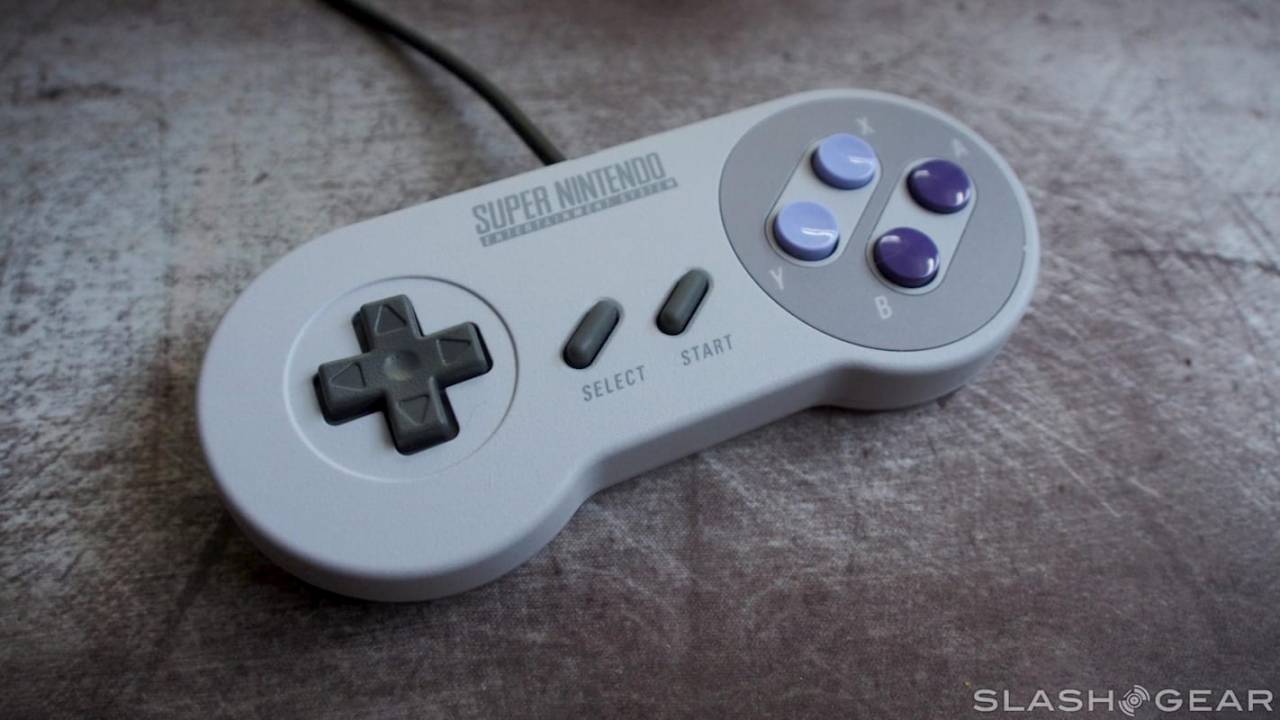
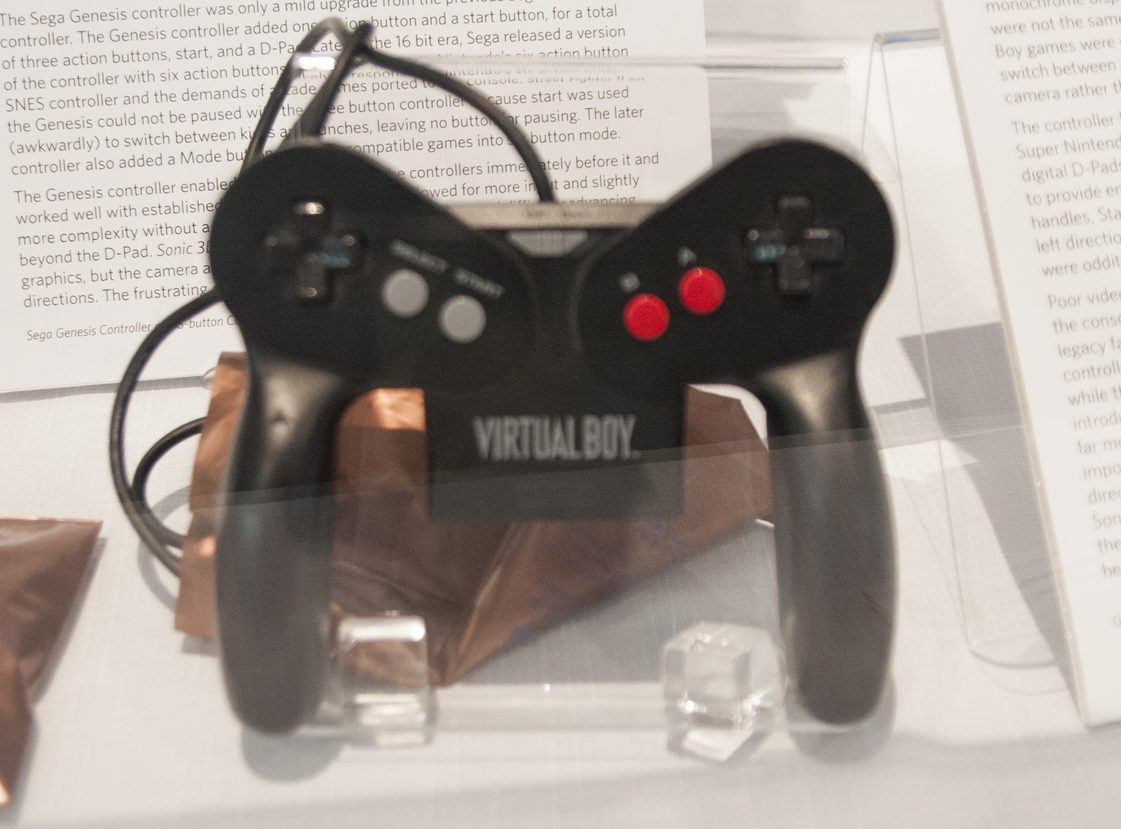
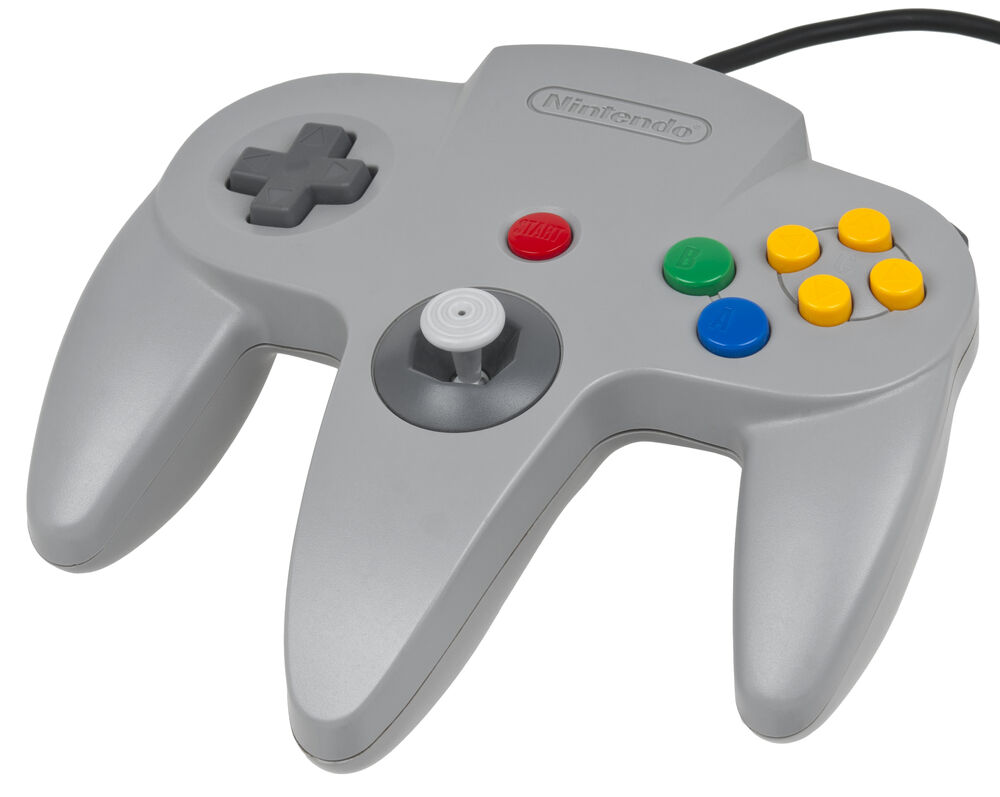
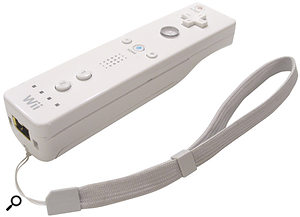
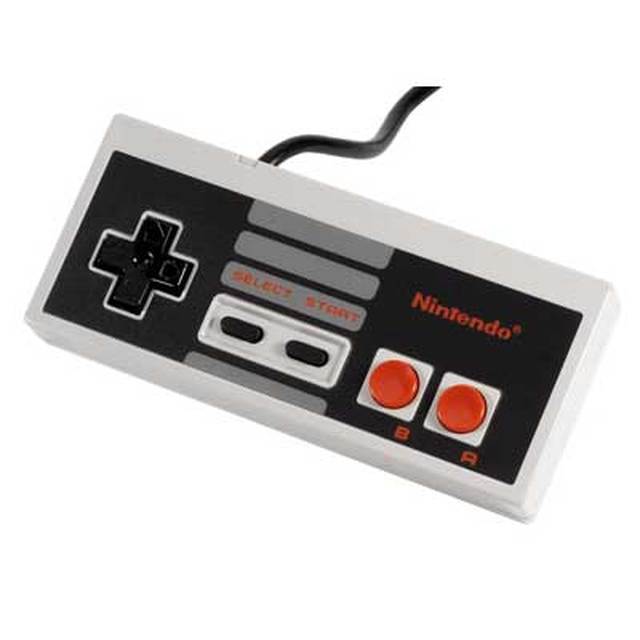
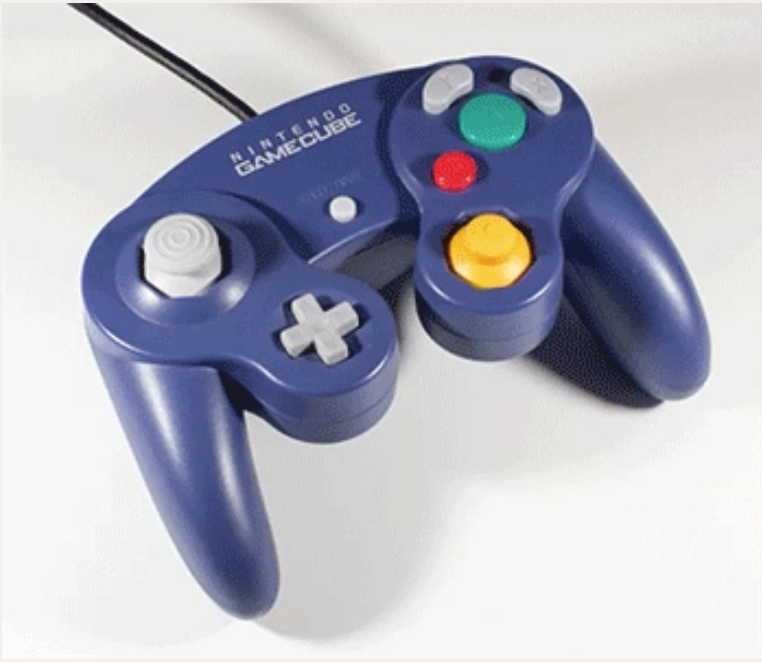
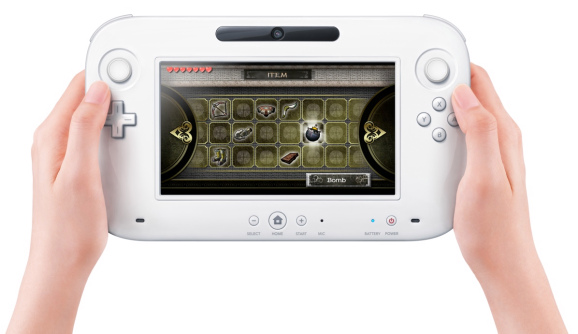
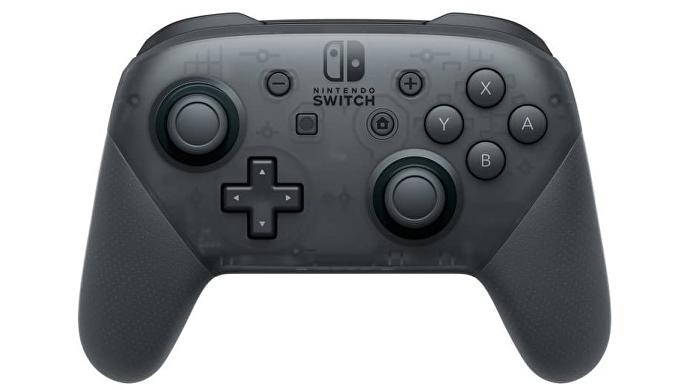
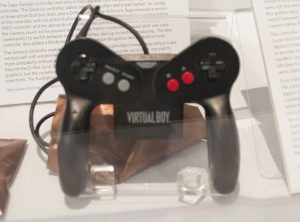
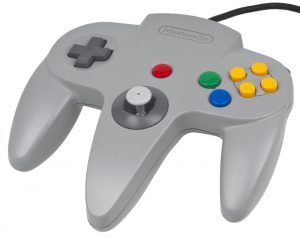
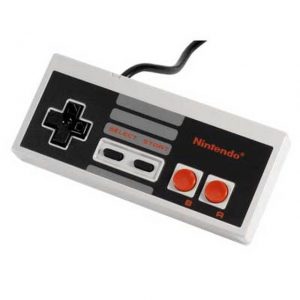
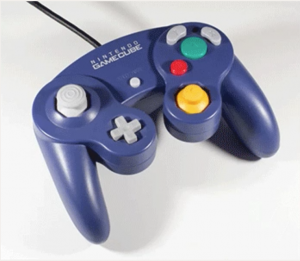
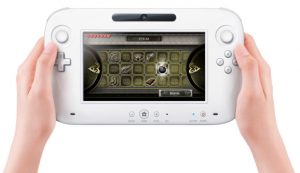
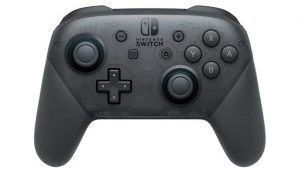
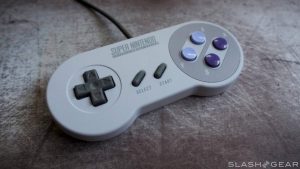
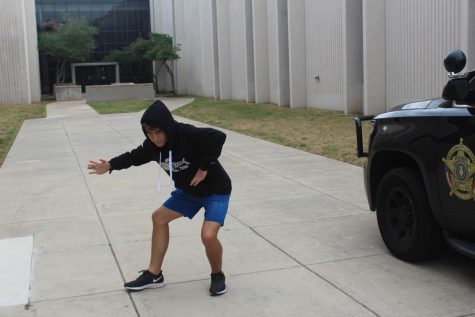

Oliver Barnfield • Nov 11, 2020 at 10:48 am
You forgot about the Color TV-Game, Nintendo’s best and most famous console
Colin • Oct 19, 2020 at 11:02 am
What is it about the SNES and being a god-tier console in every way?